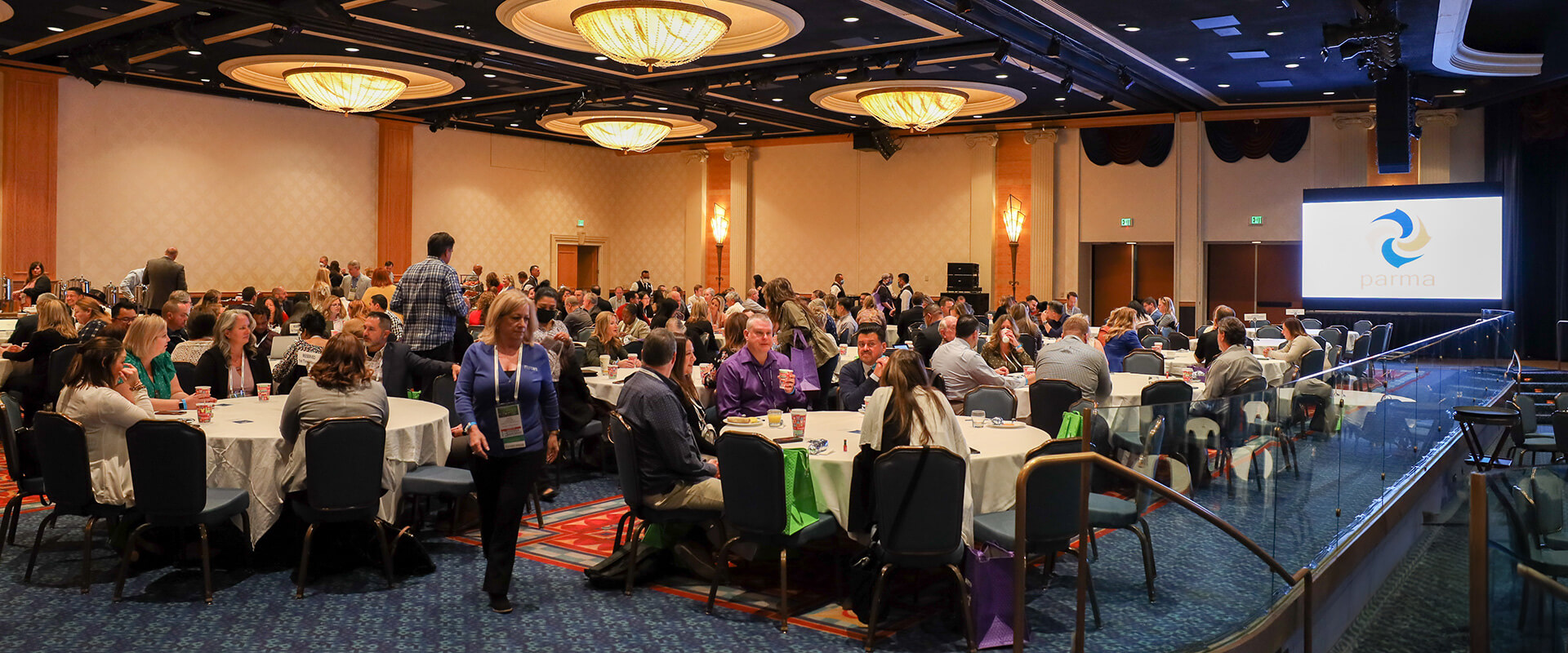Deadly Yosemite Fire Grows to 4,310 Acres, Evacuations Ordered
(TNS) — With high temperatures and steep, rugged terrain hampering firefighters, a deadly wildfire along the Merced River near Yosemite National Park quadrupled in size overnight and pushed closer to the park Sunday.
The Ferguson fire in Mariposa County had burned through 4,310 acres and was just 2 percent contained Sunday evening, fire officials said. Some 500 firefighters were working the blaze on the ground with support from aircraft.
No structures had burned but 108 were threatened as firefighters worked to protect structures along Highway 140 and prevent the blaze from crossing Ferguson Ridge.











